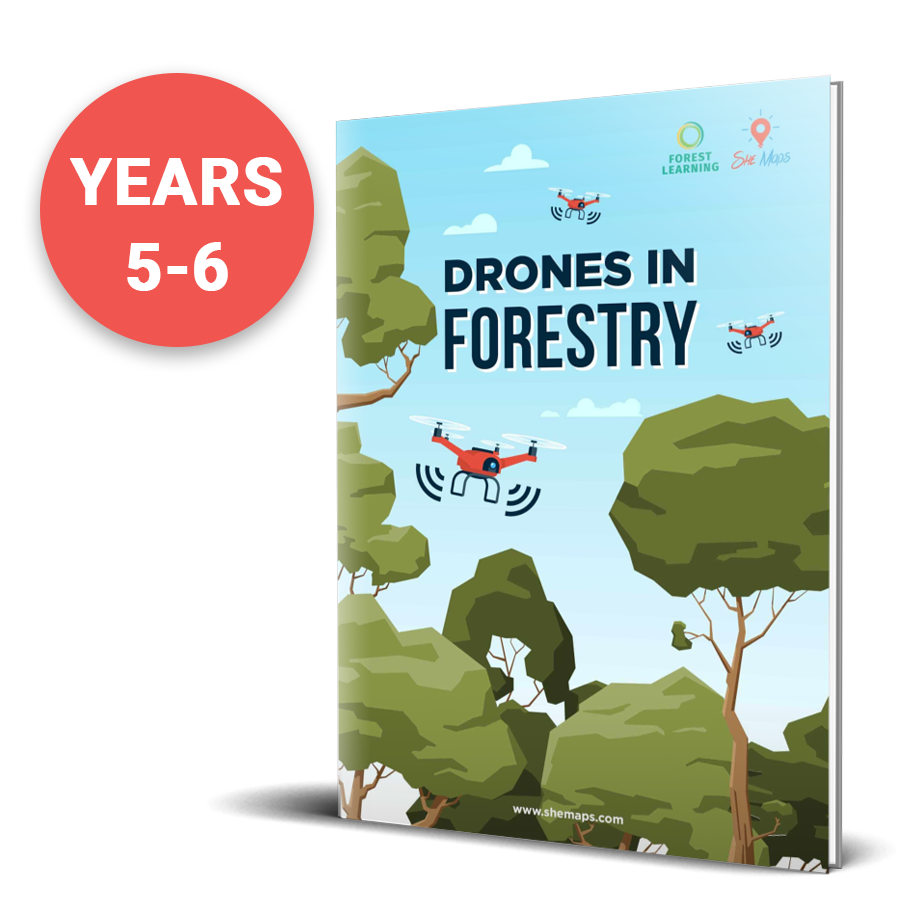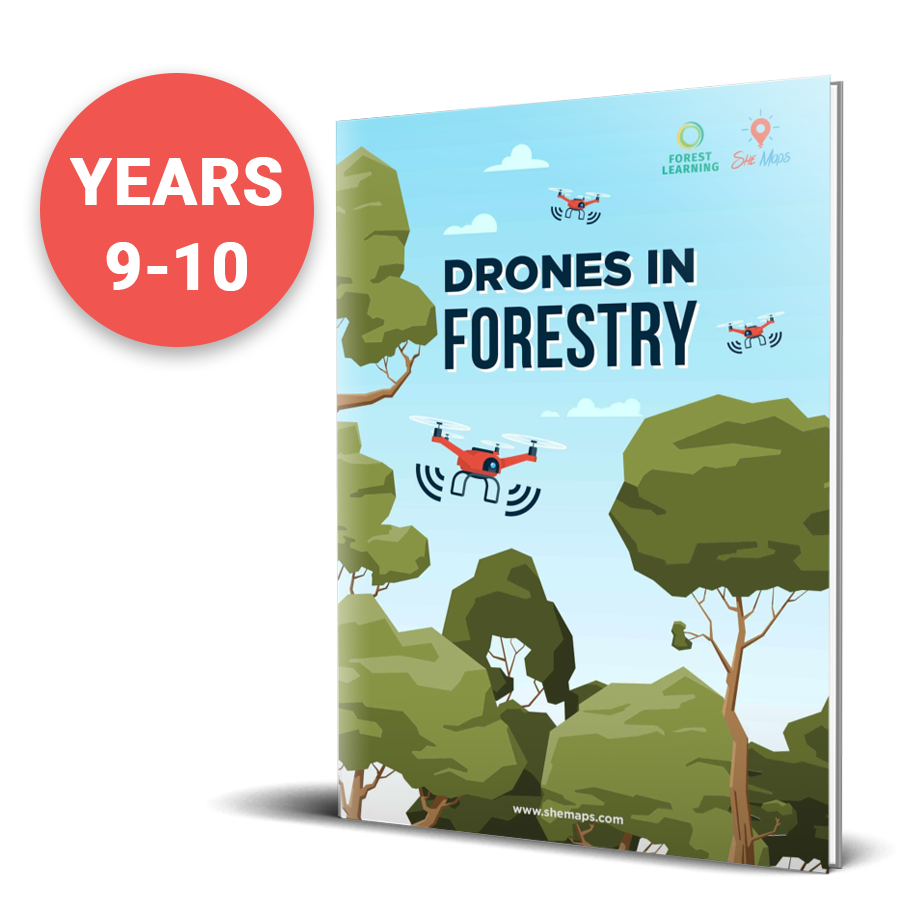Main Menu

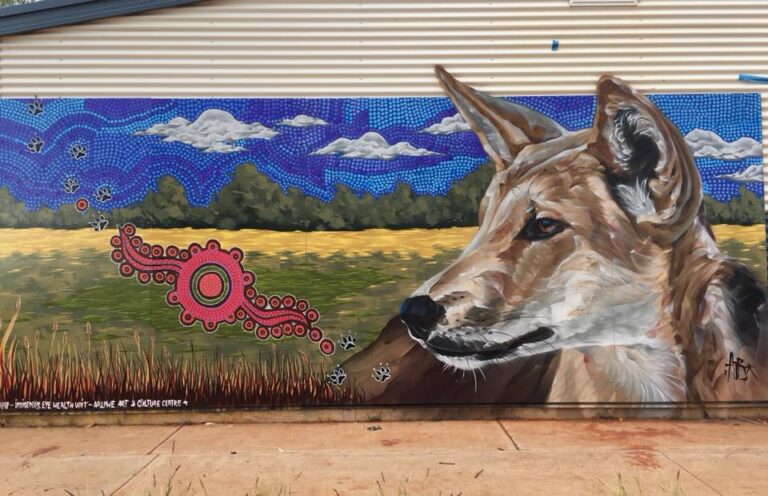
A recent trip to Ali Curung, to assist indigenous drone trainees on how to fly drones. Sharing simple skills in coding and flight, forming an aspirational basis for an emerging set of tools to be used by the community.
Recently I had a short visit to a community called Ali Curung in central Australia, 170km south of Tennant Creek. It was a taste of life different from my every day. Different latitude, different climate, different culture, different history, different community, different red dirt. It helped me understand the diversity that makes up Australia’s First Nations. Small and tangible learnings heightening my own understandings to the power of connection to country, language and culture. It gave a glimpse into how passionate people are tackling complex problems, as they work towards bringing together old knowledge, whilst concurrently reaching towards new technologies. The power in unifying these aspects which may serve their communities moving forward.
The Ali Curung school is called Alekarenge. Same name, transliterated by people from different places, probably Britain and Netherlands or Germany. Alekarenge is the Kaytetye word meaning dingo dreaming. Here dogs of all forms are cherished, but little bouncy chihuahuas are the favourites. The four traditional language groups within this community are Warumungu to the north, Alyarra to the east, Kaytetye to the south and Walpiri to the west. These languages allow communication across and between generations. This means that students of the local school are multilingual, where the second or third language spoken may be English. Rain out here is a rare occurrence, so ecosystems rely on groundwater, and access to water via bores dug deep into the artesian well is a vital community resource. This country looks dry and harsh as you drive across it, yet the ability for growing food continues to be enhanced. Big organisations are engaging in large scale agriculture within the region. However, local community initiatives continue to take shape, and local community horticulture continues to grow (pun absolutely intended).
Students of the Lhurna Therrk Training Farm at Alekarenge School are witty, independent, intelligent, quick to announce their boredom as it arises, quick to learn new skills, and welcoming of new experiences. These students are choosing to attend senior high school, which is new to the community this year. As a part of their schooling these young adults train and work on the school farm, where learning is centred around healthy soil and growing food. Students are picked up by the teacher on the school bus as it meanders around town in the mornings. They share cooked breakfast and lunch at school. There is PPE – work boots, hats and long sleeve shirts. There are garden chores, fertilising, harvesting, and watering of seedlings. Garden learnings around what it takes to grow food, embedded in western education priorities. In the plots, rows of citrus are interspersed with mulberry, moringa, tomato vines staked high, beds of lemongrass, herbs, garlic recently harvested, a chook pen for the scraps and eggs, farm dogs, a greenhouse attempting to house struggling seedlings in the heat. Freely growing bush raisins, so hard to propagate, yet sprawling uncontained, their purple star shaped flowers drying into sweet-sour mustard-coloured fruits.
The deep reds of a huge mural, that feels like the earth as I look up at it, plasters the farm classroom wall. It represents bush tucker, sacred sites, roads, tracks, animals, and the wandering dingo walking its way across the country, a collaborative effort within the community. These places and things are named in traditional languages and describe a connection of people and place across the region. Local artists who crafted this map of country display different works at the local art gallery. It’s called Alpwe Art and Cultural Centre, and it’s amazing. Find it. Artworks are intricate, bright, complex, simple, and astoundingly beautiful. A bush tucker piece is coming home with me. I feel both excited and honoured. The community’s collective creative expression is centred around bush tucker, with native seeds, native raisins, bush plum, seeds from grasses, seeds from trees. In this dry and barren country in the centre of Australia, these artworks share knowledge of the old ways and now ways of finding food.
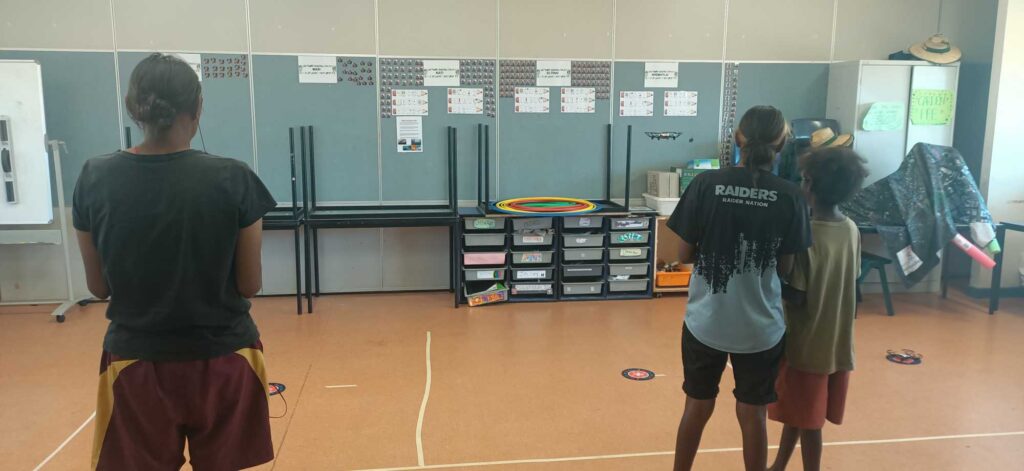
My reason for a visit to Ali Curung was to assist farm trainees in learning to fly drones. Sharing simple skills in coding and flight, forming an aspirational basis for an emerging set of tools to be used by the community. One day in the not-too-distant future the trainees may fly over the baked earth, above places where irrigation from artesian wells nourishes their pumpkin, watermelon crops, tomatoes, and herbs. Asking and answering questions, are the plants healthy, how about water, nutrients, pests? And other ways drones may find a place here in the community. Aspirations to map their country using drones, as they have with their paint brushes. The young adults of this community picked up flight and coding of drones as if it was second nature. Easeful hands-on learning. Here, the people of Ali Curung are thinking big.
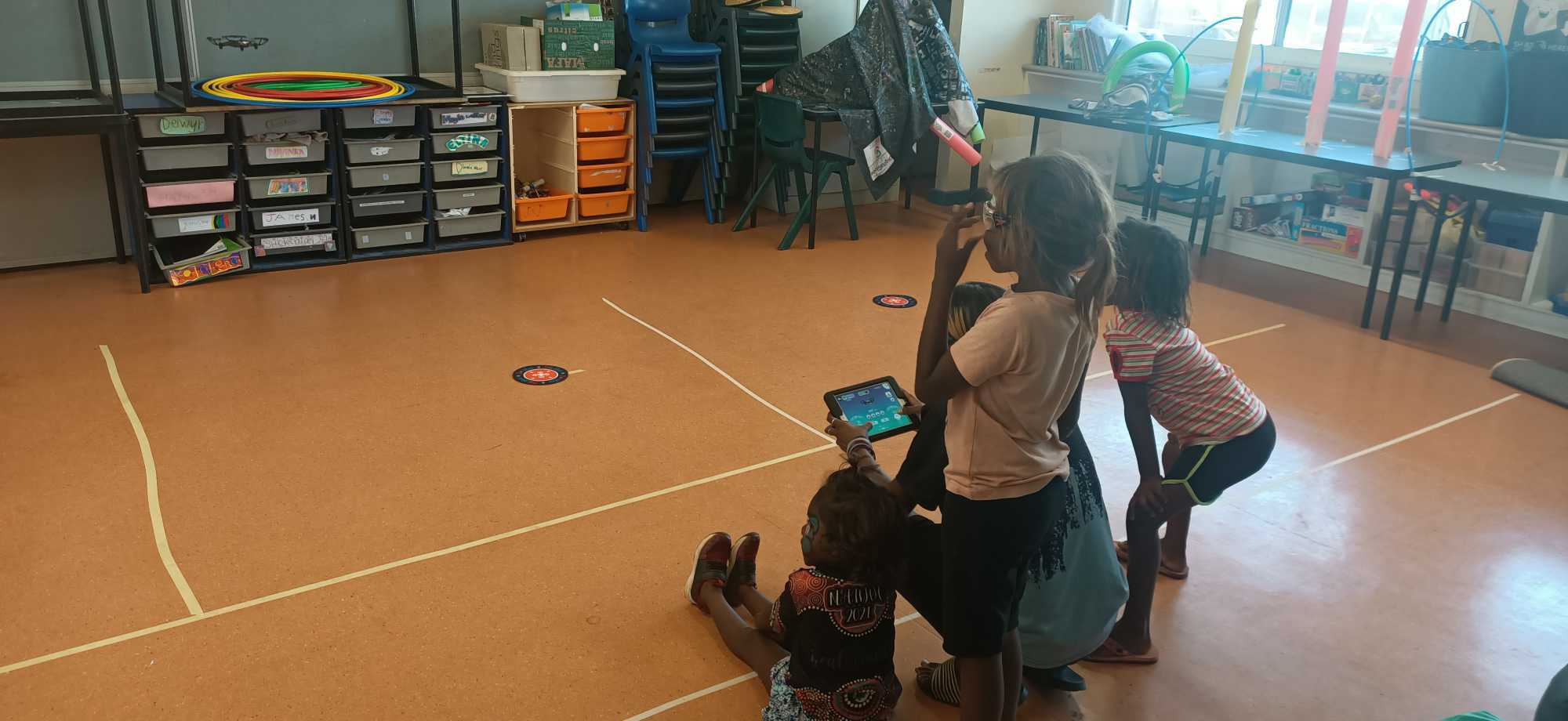
This land is in stark contrast to where I came from. Green and temperate Margaret River, south of Perth. That Noongar boodja (country) feels like nearly a world away. For the students, this was an opportunity to learn to fly. For me, a brief glimpse into Ali Curung and the First Nations People of this area. Red baked dirt, hot sun, low scrub, and people living on, or close to the country they are connected to. At Ali Curung, conditions are challenging and dynamics complex. Yet from my eyes a subtle presence exists. It’s centred around bush tucker, bush medicine and growing food, which will hopefully lead to local opportunities and for local people.
Author: Kristy Brown
She Maps Certified Instructor
Blog Post Feature Image Source: https://mailchi.mp/b600cddea3b1/trachoma-ebulletin-may-2018
If you enjoyed this article and would like to hear how other teachers have implemented the ‘How Cool is Our School’ competition into their teaching, then we highly encourage you to read the following articles:
She Maps is Australia’s leading expert in drone and geospatial education.
She Maps assist schools with the purchasing of drones, school-industry created drone and geospatial teaching resources and highly supportive teacher professional development.
Ready to buy drones for your school? We are an authorised DJI reseller in Australia

Subscribe by email and never miss a blog post or announcement.

She Maps aims to bring much needed diversity and support to STEM. We do this by providing drone and geospatial programs to teachers and schools across the globe.
At She Maps we acknowledge the Traditional Custodians of Country throughout Australia and their connections to land, sea, and community. We pay our respect to their Elders past and present and extend that respect to all Aboriginal and Torres Strait Islander peoples today.
Aboriginal and Torres Strait Islander peoples are advised that this site may contain names, voices, or images of people who have passed away.
Learn the 6 Steps to Launching a Successful Drone and Geospatial Program at your School
Take our resources for a spin and join the thousands of teachers who love our ready-to-teach classroom materials. Try one of our complete units of work for free.
